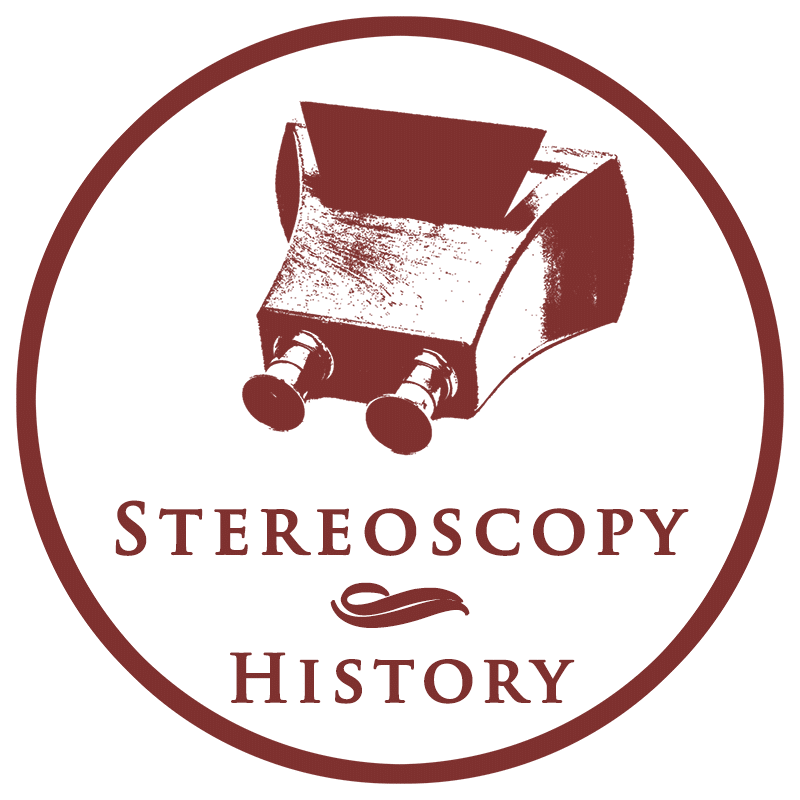Category: Stereoscopes
-
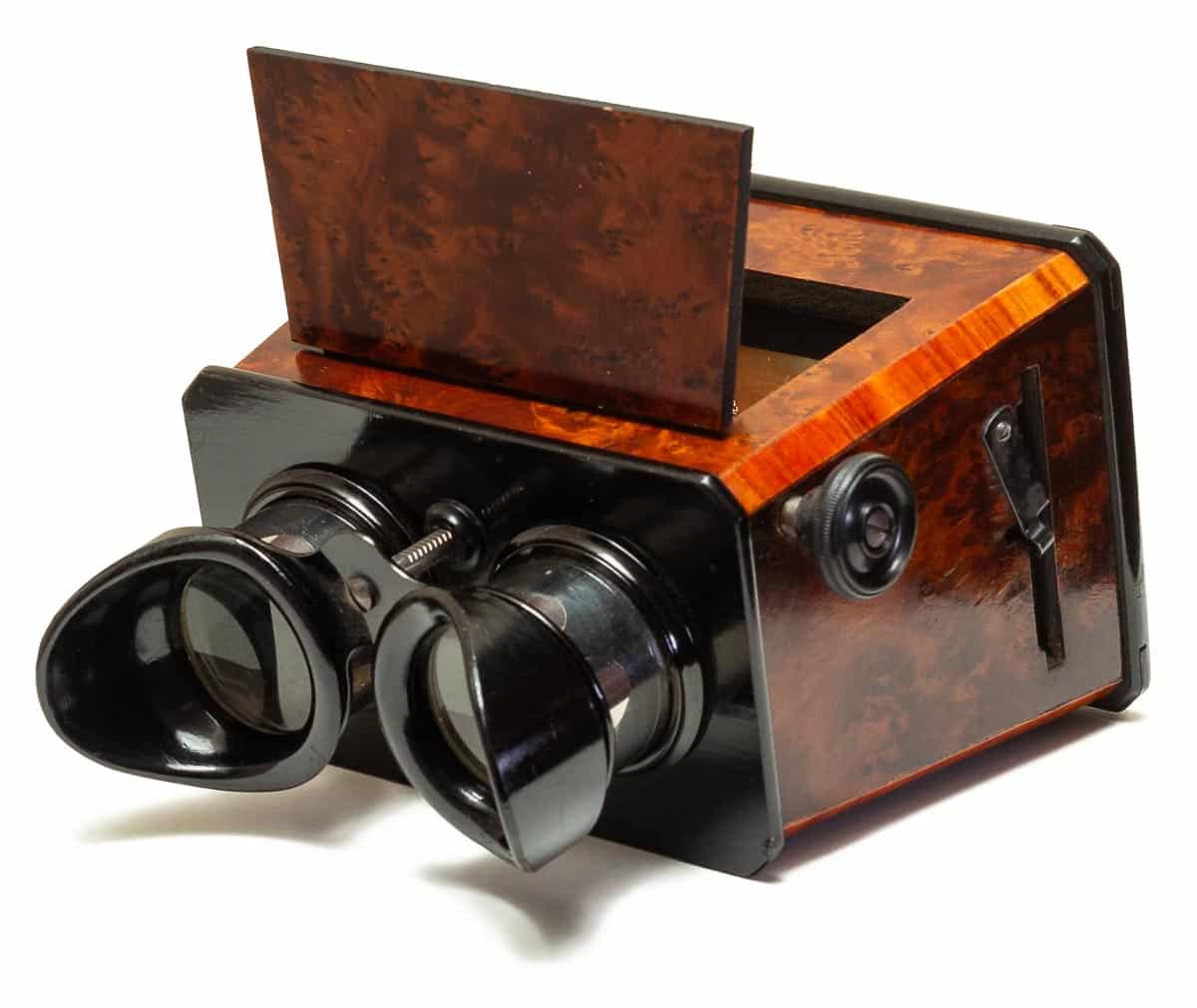
Stéréoscope format 6×13
An attractive looking hand-held stereoscope with a burr veneer finish.
-
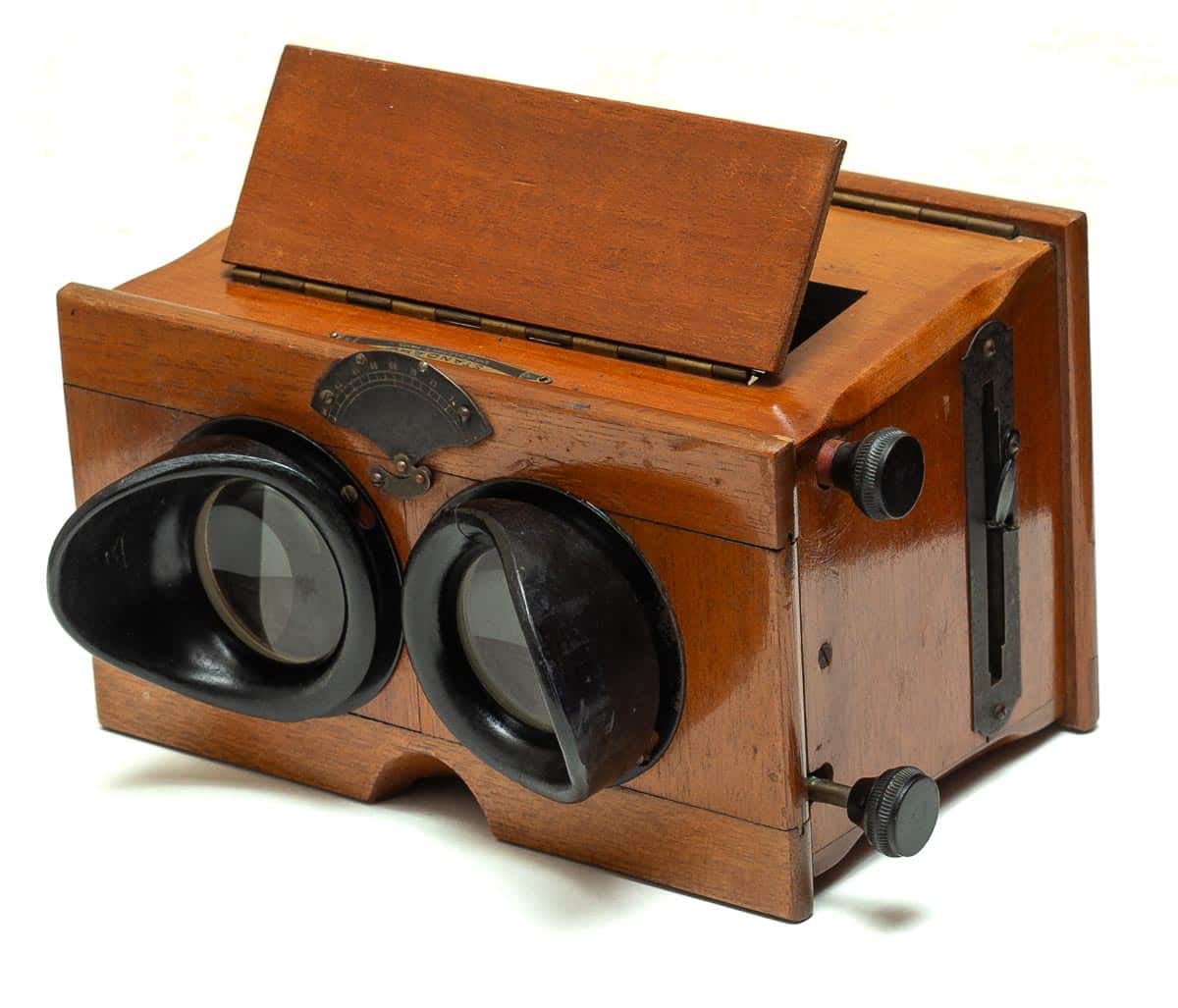
Stéréoscope Standard
The Stéréoscope Standard is a feature-rich hand-held viewer.
-
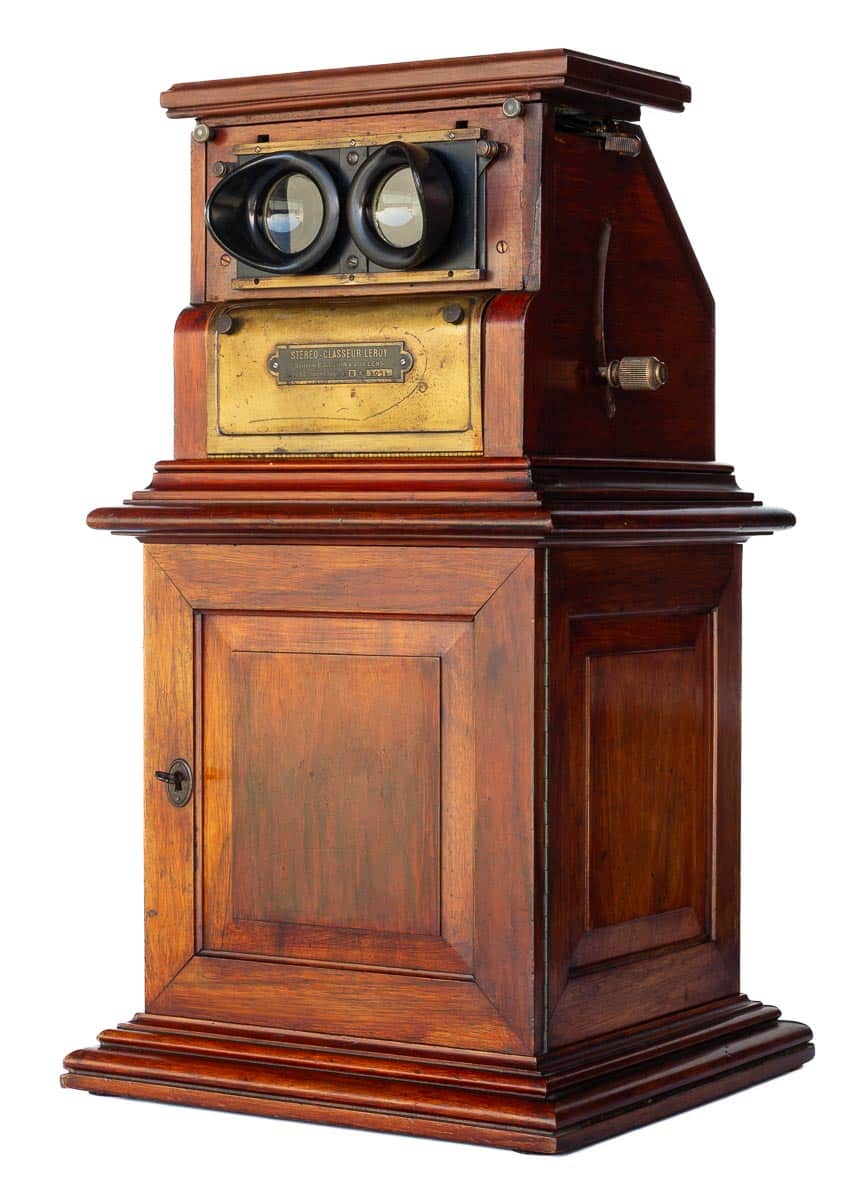
Stéréo-Classeur Leroy
Le Stéréo-Classeur Leroy is a tray-based stereoscope that was designed by Guérin and De Lens and introduced in 1921.
-
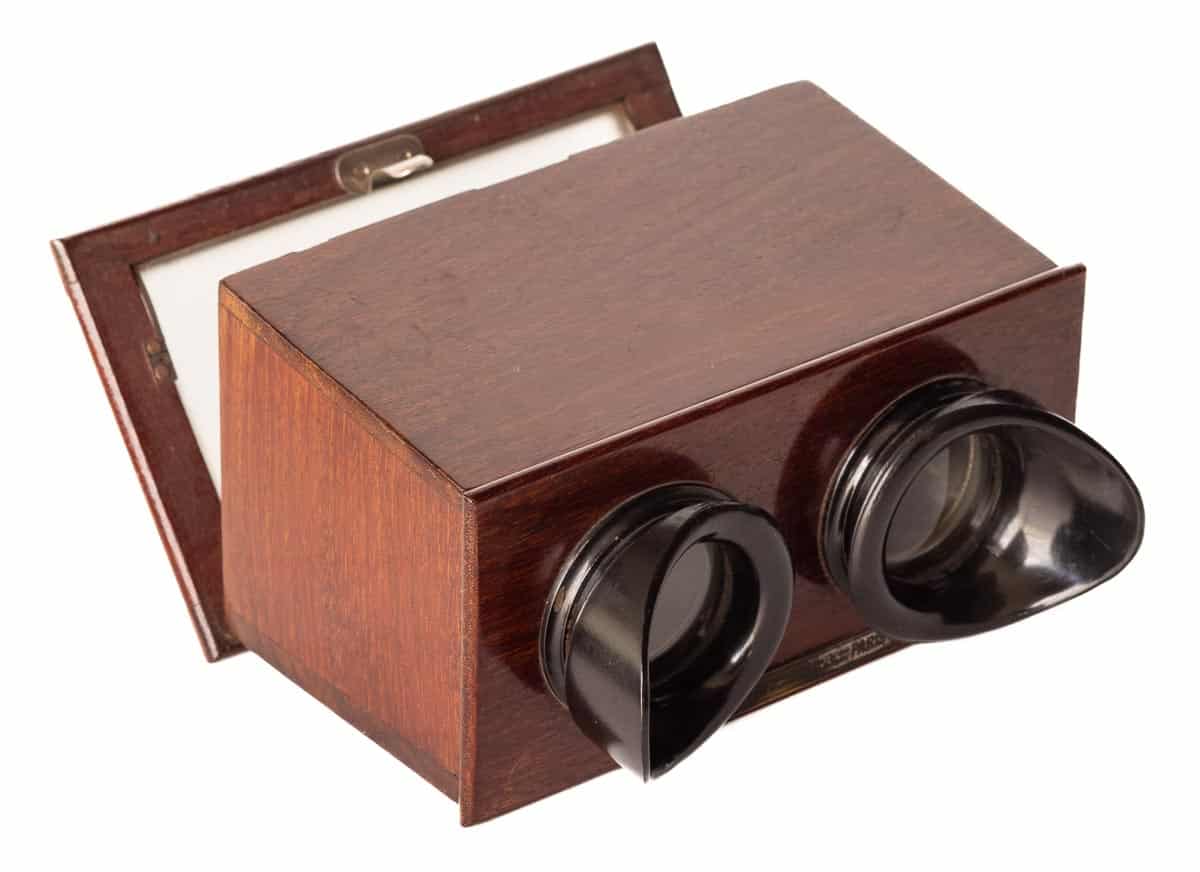
Stéréoscope à main
Le Stéréoscope à main is a Mackenstein labeled hand-held stereoscope that was manufactured by Mattey.
-
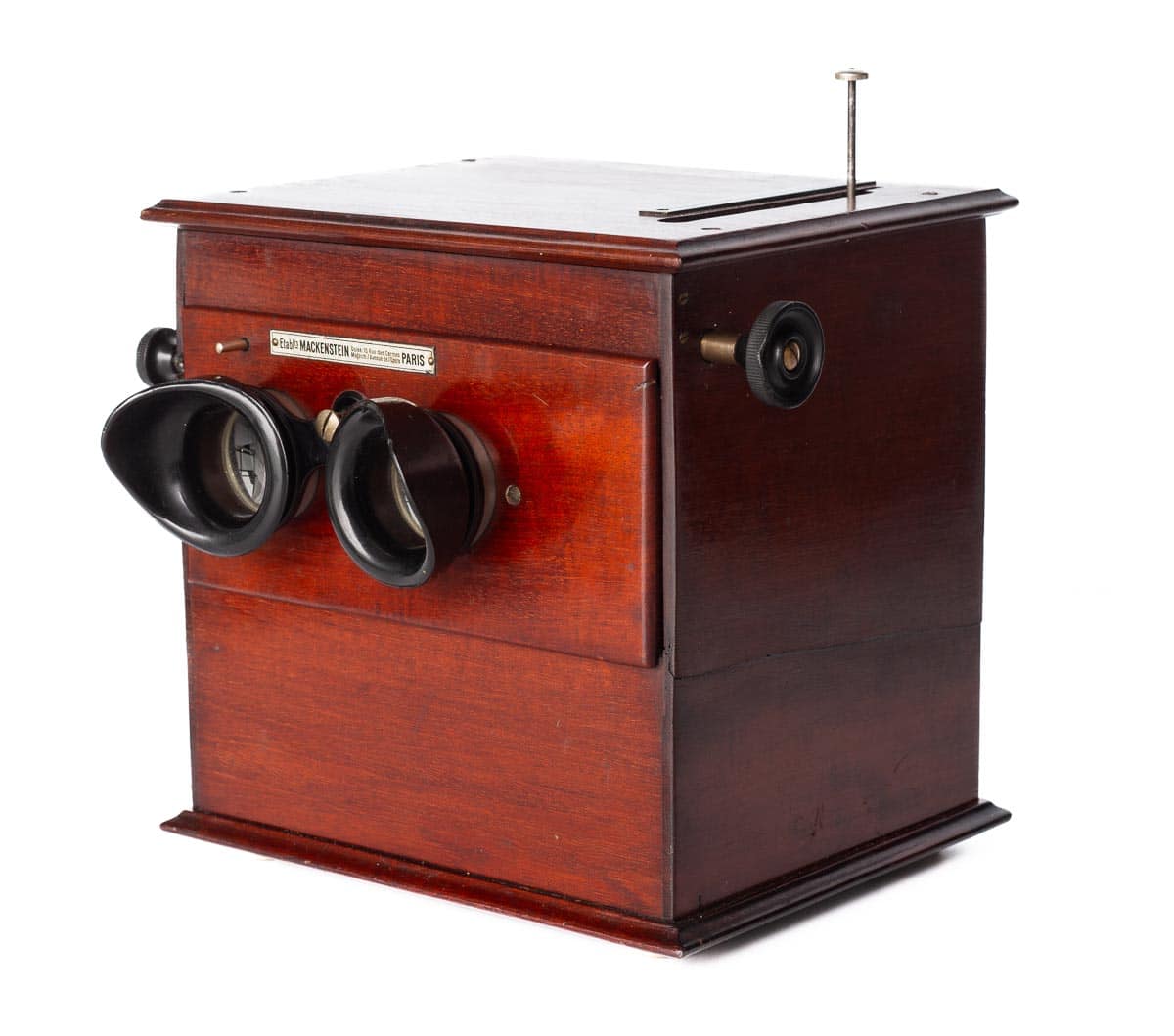
Stéréoscope-Classeur Portatif
Mackenstein’s Stéréoscope-Classeur Portatif is a compact and rare stereoscope. It is one of the most compact tray-based stereoscope with an…
-
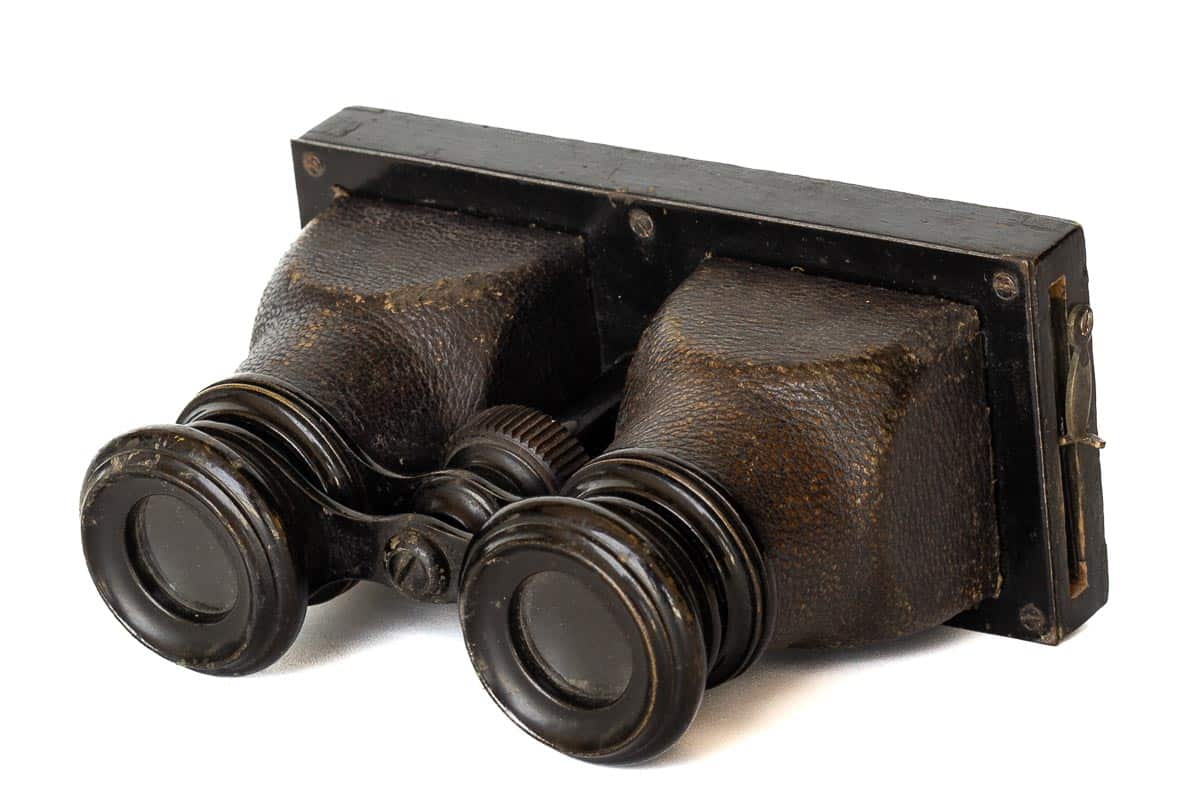
Jumelle Lux
La Jumelle Lux is a compact, binocular-shaped stereoscope.
-

Stéréothèque à foyer court
Le Stéréothèque was Mattey’s first tray-based multi-view stereoscope.
-
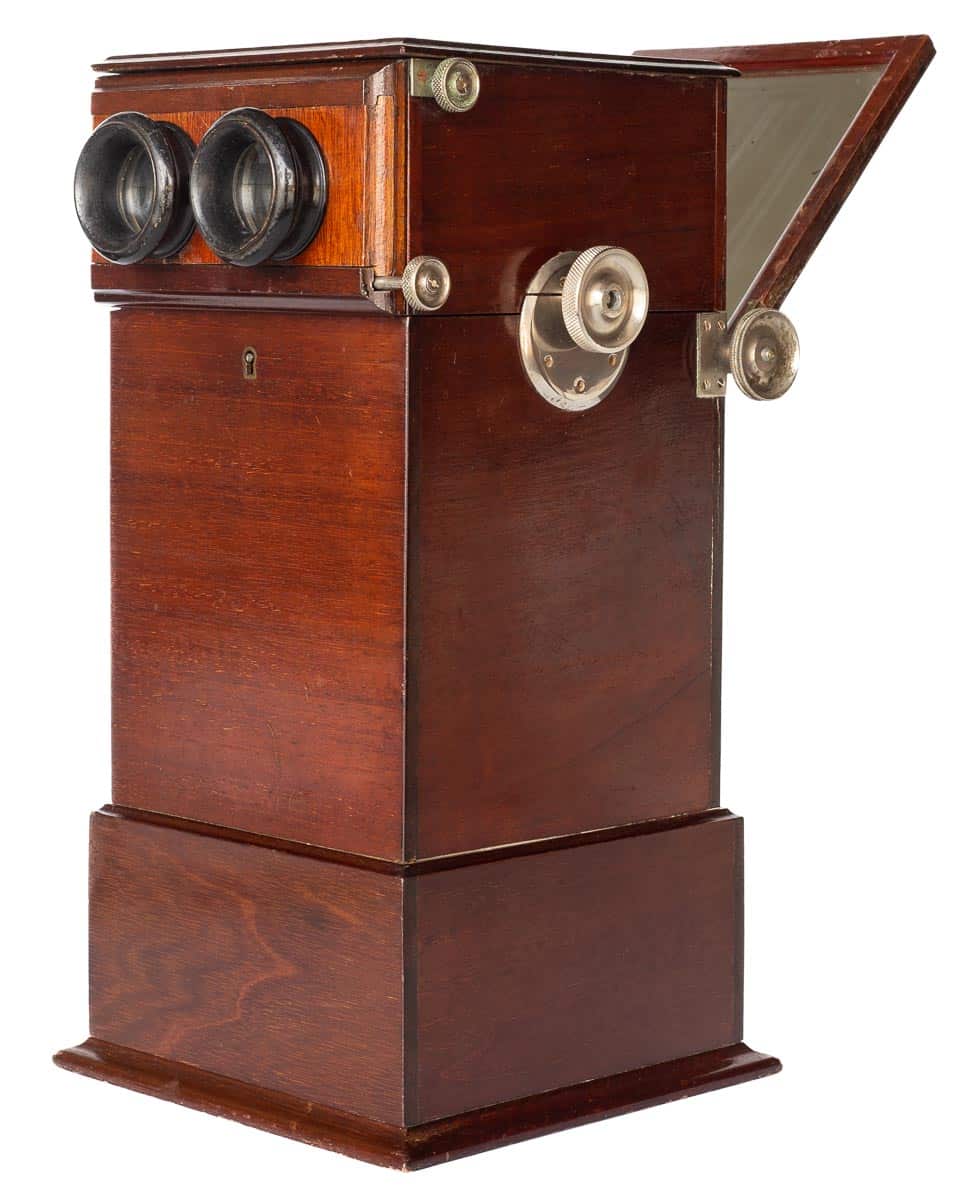
Phénix
Le Phénix is by far the rarest of all Bize’s viewers and a very rare stereoscope in general.
-
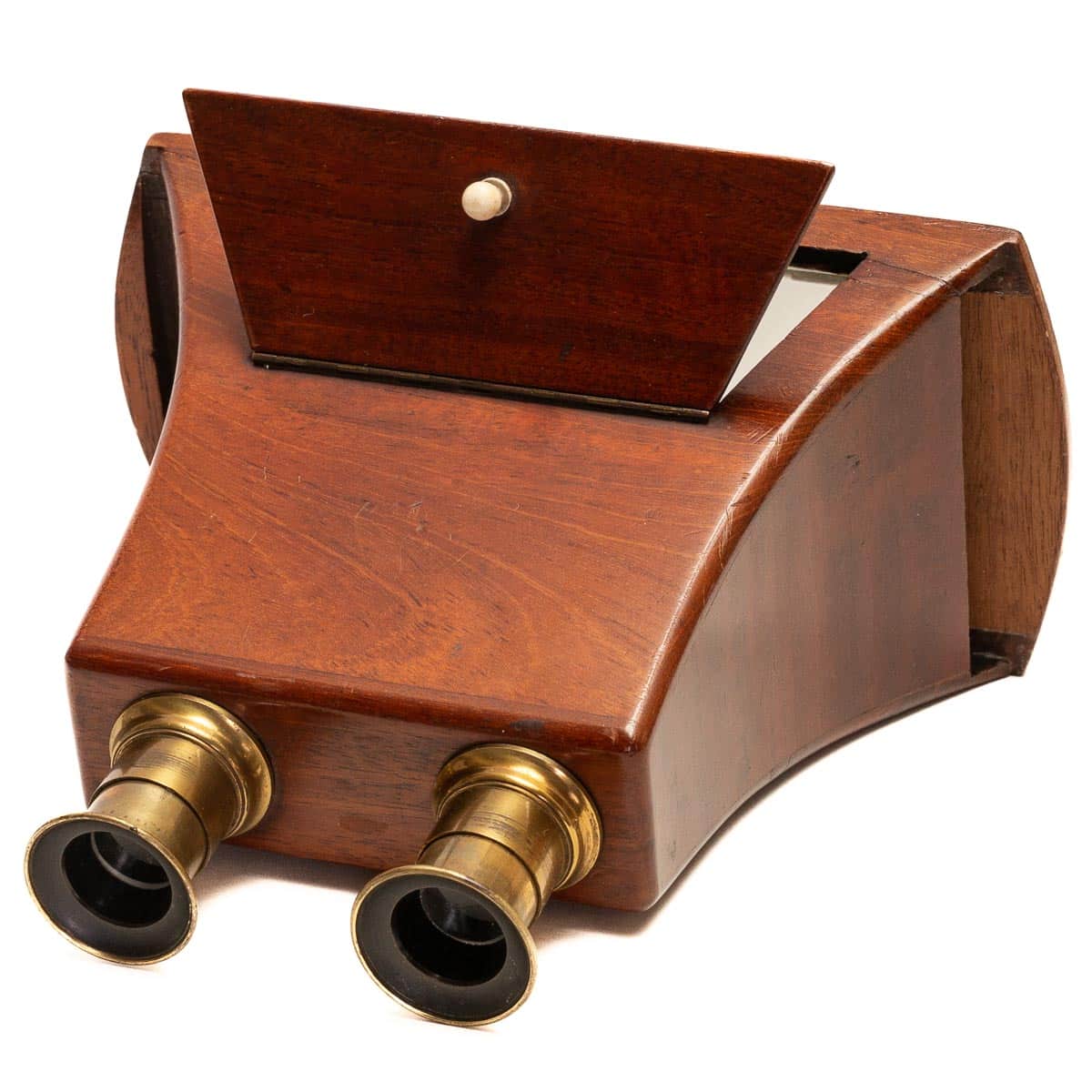
Claudet stereoscope
Antoine Claudet was not only renowned for his high-quality hand-coloured (stereo) daguerrotypes, but he also patented stereoscope improvements.
